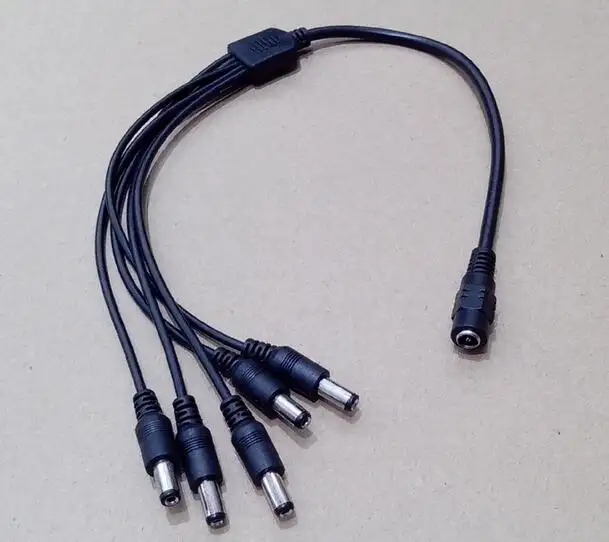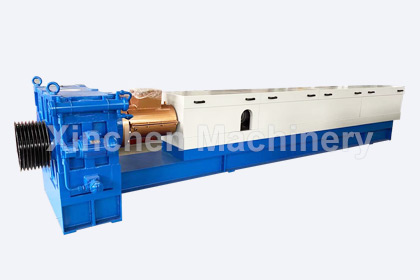The differences between DC electrial wire and AC electrical wires
Date:2022-4-08 Author:
Wires transmit electrical energy. Separate bare wire, electromagnetic wire and insulated wire. Bare wire has no insulation layer, including copper, aluminum flat wire, overhead stranded wire and various profiles (such as profile, bus, copper bar, aluminum bar, etc.). It is mainly used for outdoor overhead and indoor busbar and switch box. Electromagnetic wire is an insulated wire that generates a magnetic field or induces a current in a magnetic field after being energized. It is mainly used for motor and transformer winding and other related electromagnetic equipment. Its conductor is mainly copper wire, due to thin insulating layer and good electrical and mechanical properties, as well as heat resistance, moistureproof, solvent resistance and other properties. Different insulation materials can be used to obtain different characteristics. Generally speaking, Wires include DC electrical wire and AC electrical wire.

Dc high voltage rubber power electrical wire
1, Straight han high-pressure rubber power cord application range is very wide, is mainly used in all kinds of new technology in the industrial equipment, such as X-ray machine, electron beam processing, electron bombardment furnace gun, electrostatic painting, etc., this kind of product is generally power supply power is larger, so the rubber in the power cord through the filament current is bigger, also can reach dozens of amp; Voltage from 10KV to 200KV;
2.Rubber power cables are mostly fixed and not in direct contact with people;
3, Rubber power cable transmission energy is large, we should consider the thermal rubber power cable allowable working temperature;
4, Some equipment use a short frequency discharge, rubber power cord must withstand 2.5-4 times the voltage, so to consider enough electrical strength;
5.As all kinds of equipment have not been standardized and serialized, the working voltage between the filaments of the same kind of equipment and the working voltage between the filament core and the grid core are different, so they should be selected separately.
6, Structure,
1) Guide power cord core: dc electrical wire core is generally 3 core, 4 or 5 core.
2) 3-core rubber power cord generally has two filament heating cores and one control core; Withstand dc high voltage between conductor and shield.
3) There are two forms of 3-core rubber power cord: one is similar to X rubber power cord, which uses a semi-conductive layer and a high-voltage layer covered by splitphase insulation; The other uses the control core as the central conductor, and the two filaments are twisted concentrically after extruded insulation, and then extruded semi-conductive layer and high voltage insulation layer; High voltage insulation layer: general natural butadiene rubber dc maximum field strength 27KV/mm, ethyl-propylene insulation 35KV/mm.
4) Outer shielding layer: braided by 0.15-0.20mm tinned copper wire with weaving density not less than 65%; Or the use of metal tape around the package; 5) the sheath is extruded with extra-soft PVC or nitrile PVC.
About the difference on the DC electrial wire and AC electrical wire, there is essentially no difference between the power cord, only the voltage level and the cross-sectional area of the core wire. In structure, ac power cables can be single-phase two-wire, single-phase three-wire, three-phase four-wire, etc. Dc power lines are not so diverse and have the same structure as single-phase and dual-line power lines. The skin effect of alternating current is obvious, so the alternating current with high frequency is mostly multi-strand, and the direct current need not be considered. The higher the frequency is, the larger the capacitance is. Therefore, the higher the ac frequency is, the larger the distance is. Direct current, the distance between the two lines is almost negligible.DC electrical wire should be distinguished between positive and negative terminals, and cannot be reversed. Ac cables need not be distinguished. Direct current is two wires, the positive pole and the negative pole. The number of ac wires varies depending on the situation: Single-phase power has three wires: one phase wire (commonly known as live wire), one neutral wire, and one ground wire.



